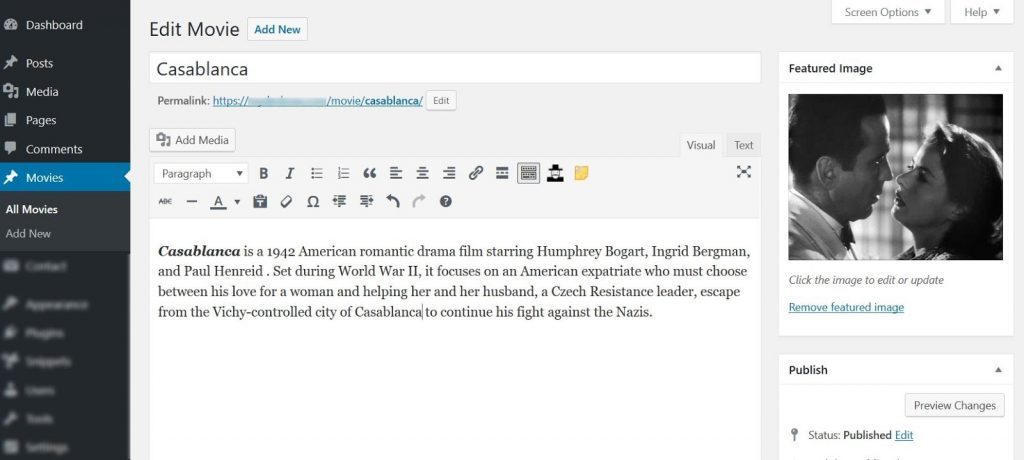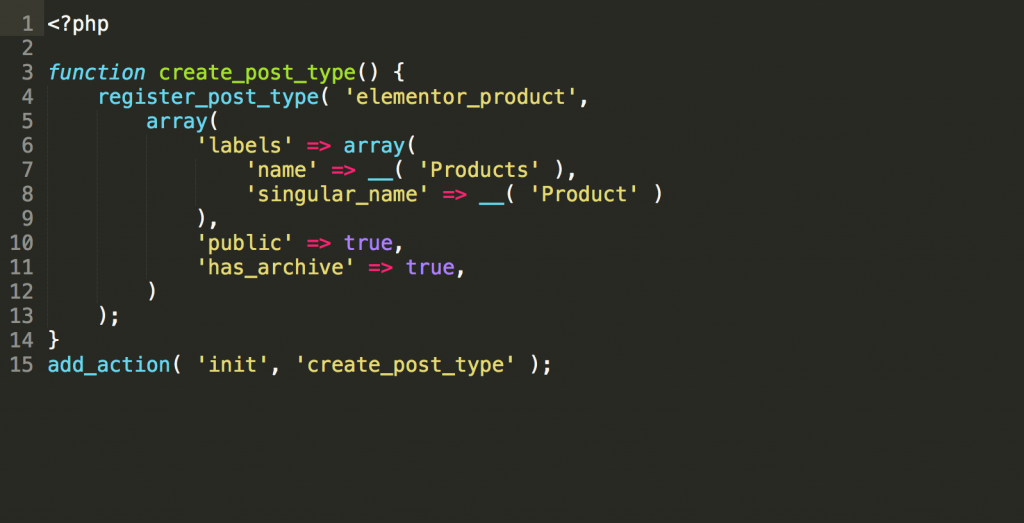Contents
Related Posts
What are the types of publications?
Post types are "content types", grouped in a structured way within WordPress.
The default WordPress post types
Currently, there are eight default WordPress post types.
- Send
- Page
- Attachment
- Revision
- Navigation menu
- Custom css
- Change sets
- User data request
Most users are familiar with the two most common types of posts: posts and pages. Although similar, posts are time-based listings, while pages have a hierarchical structure, with parent> child relationships. Also, Posts use taxonomies like Categories and Tags, while Pages don't, and Pages use Page Templates to display them, while Posts don't.
What are custom post types?
WordPress allows users to create their own Types of custom posts, often referred to as CPT.
Some of the most common Types of custom posts you've probably come across include:
- Films
- Testimonials
- Reviews
- products
- Events (edit)
- Briefcase
Each of them defines a "content type".
The edit screen will look very similar to the default page and post editors, as shown in this example of a movie custom post type.
When might you need a custom post type?
A common use for a CPT is an e-commerce website. Products are a specific type of content that does not fit into the default Post or Page post types. Products should include a lot of additional information, such as price, size, and color.
Custom taxonomies and custom fields
A custom post type can also include custom taxonomies and custom fields.
Custom taxonomies
Just as the post type uses category and tag taxonomies to help organize posts, a custom post type can use its own custom taxonomies. A movie critic CPT, for example, could use Genre as a custom taxonomy, to categorize movies into groups like SciFi, Romance, etc.
Custom Fields
Custom fields store additional information about the content. Just as a blog post has an Author field and an Excerpt field, a Custom Post Type can have multiple custom fields assigned to it.
Because CPTs are separate from posts and pages, they can be displayed separately, organized by your own taxonomy categorizations, and filtered based on your custom fields.
How to create custom CPT + fields
Create custom post types and Custom Fields In WordPress, you can write the code manually:
Or you can use one of the three most popular plugins designed to make the process much easier.
Elementor integrates directly with each of these plugins. Read more about each in the following articles:
Elementor and ACF
Elementor and toolset
Elementor and PODS
Elementor + custom fields
With Elementor and custom fields, you can create dynamic pages without the use of code.
By using Theme Builder, you can create single post templates for your custom post types, and you can easily select your custom fields from any Dynamic content ready to display anywhere you want.
Note: If the single post template is not loading for your CPT and the display conditions appear to be set correctly, check the template you are using for your CPT posts. Make sure posts are using the default template. If they are not, change them to Default and you may find that this solves the problem, allowing the Single Post Template to load correctly for your CPT posts.
Contents
Toggle





